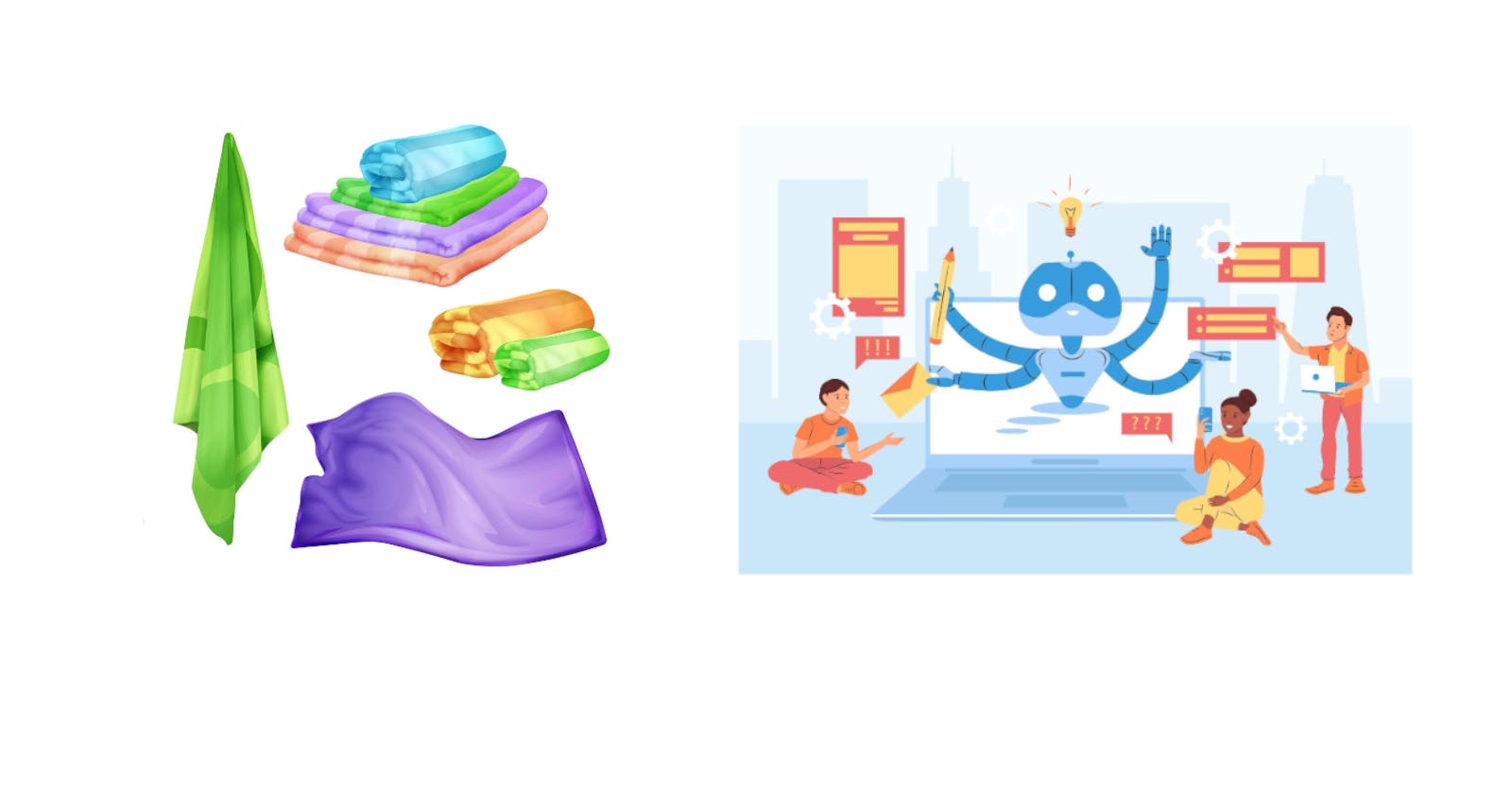What is Retrieval Augmented Generation (RAG)?
The AI's Secret Weapon for Witty and Informed Responses
Table of contents
Intro
In the ever-evolving world of artificial intelligence, researchers are constantly seeking ways to make AI more engaging, knowledgeable, and adaptable. One groundbreaking approach that has emerged is Retrieval Augmented Generation, or RAG for short. RAG is a technique that combines the power of information retrieval with language generation, enabling AIs to provide more contextually relevant and informative responses to a wide range of queries.
Unlike traditional AI models that rely solely on their training data, RAG equips AIs with a vast knowledge base to draw from. When presented with a question, the AI employs sophisticated search algorithms to retrieve the most pertinent information from its knowledge base. It then feeds this information into a language model, which generates a unique and coherent response tailored to the specific query. By leveraging the retrieved information, RAG allows AIs to tackle a broader range of topics, maintain a consistent persona, and engage in more natural and informative conversations. In this article, we'll explore the inner workings of RAG, its potential use cases, and how it is revolutionizing the way we interact with AI.
Simpler explanation
Imagine you have a super-smart robot friend who knows a lot of things. When you ask the robot a question, it quickly looks through all the information it has learned to find the most helpful parts. Then, using those helpful parts, the robot creates a special answer just for you. This is what RAG does for AI. It helps the AI find the best information and use it to give you a really good answer to your question. With RAG, the AI can talk about many different things and always give you a smart and funny reply.
Use Cases
Chat-bots and virtual assistants: RAG can enhance the conversational abilities of chat-bots and virtual assistants, enabling them to provide more accurate and context-aware responses to user queries.
Knowledge management systems: RAG can be integrated into knowledge management systems to help users quickly find relevant information and generate summaries or answers based on the retrieved content.
Educational tools: RAG can power educational tools that provide students with interactive and engaging learning experiences, offering personalized explanations and answers to their questions.
Creative writing assistance: RAG can assist writers by generating ideas, suggestions, or even entire passages based on the context and themes provided by the user.
Research and information synthesis: RAG can aid researchers in quickly finding and synthesizing relevant information from large datasets or document collections, generating insights and summaries.
Takeaway
Retrieval Augmented Generation (RAG) is a powerful technique that combines information retrieval and language generation to create more engaging and knowledgeable AI systems. By leveraging vast knowledge bases and advanced search algorithms, RAG enables AIs to provide contextually relevant and informative responses to a wide range of queries. As RAG continues to evolve and be applied to various domains, it holds immense potential to revolutionize the way we interact with AI, making conversations more natural, informative, and entertaining. With RAG, we can look forward to a future where AIs become even more valuable partners in our quest for knowledge and understanding.
References

